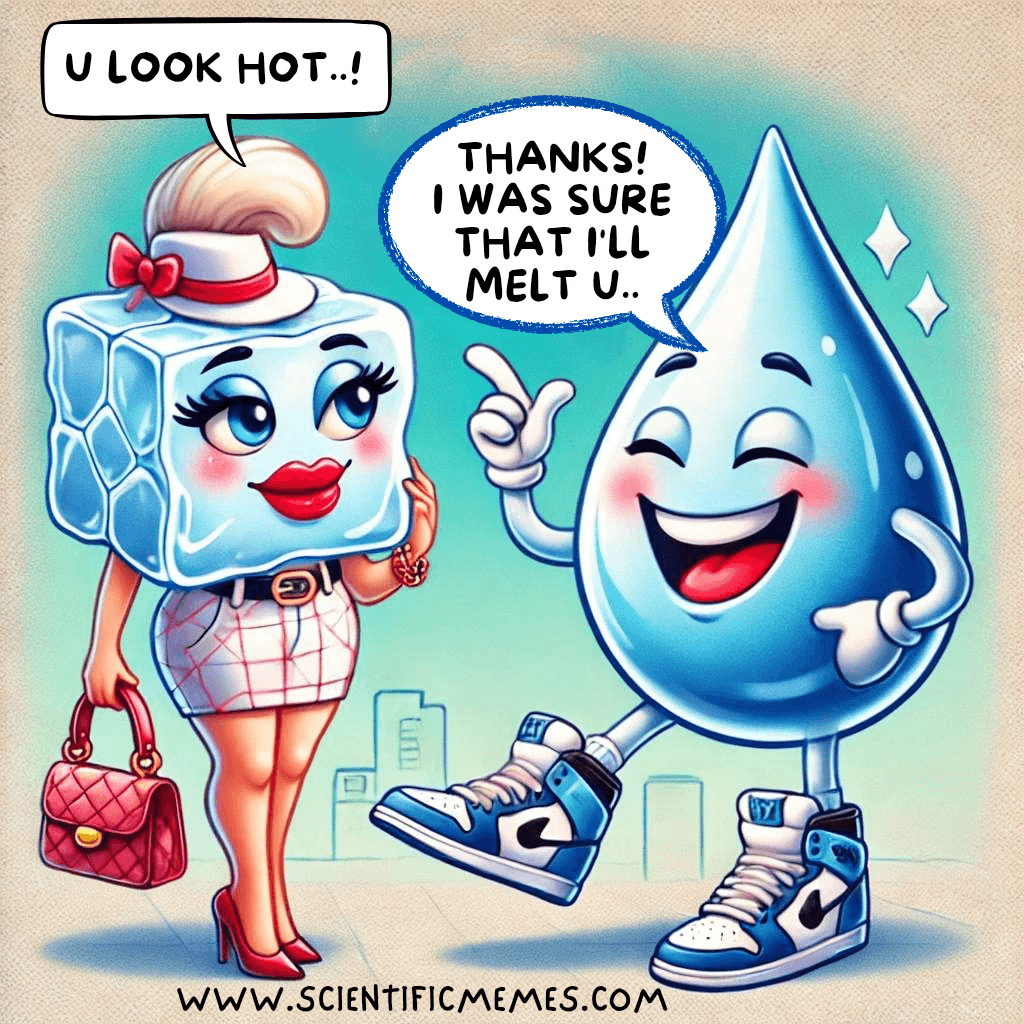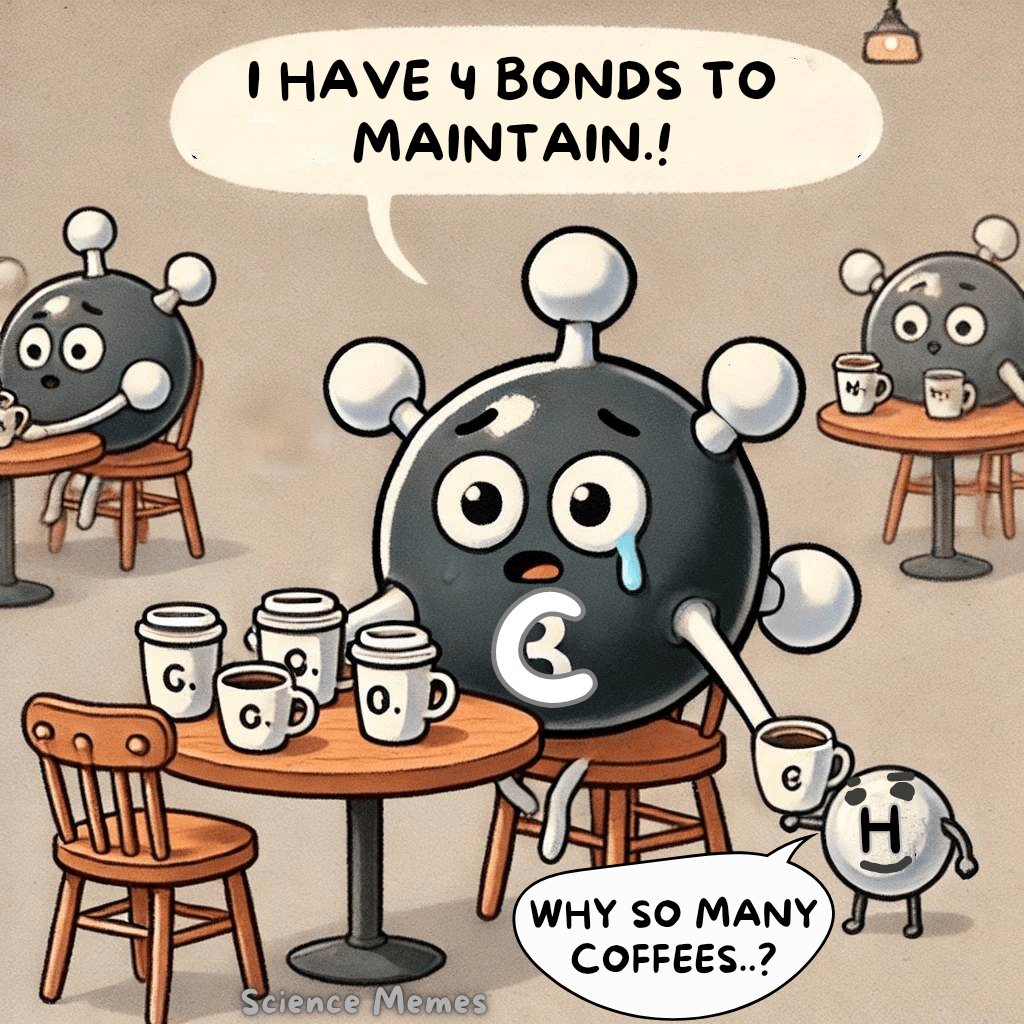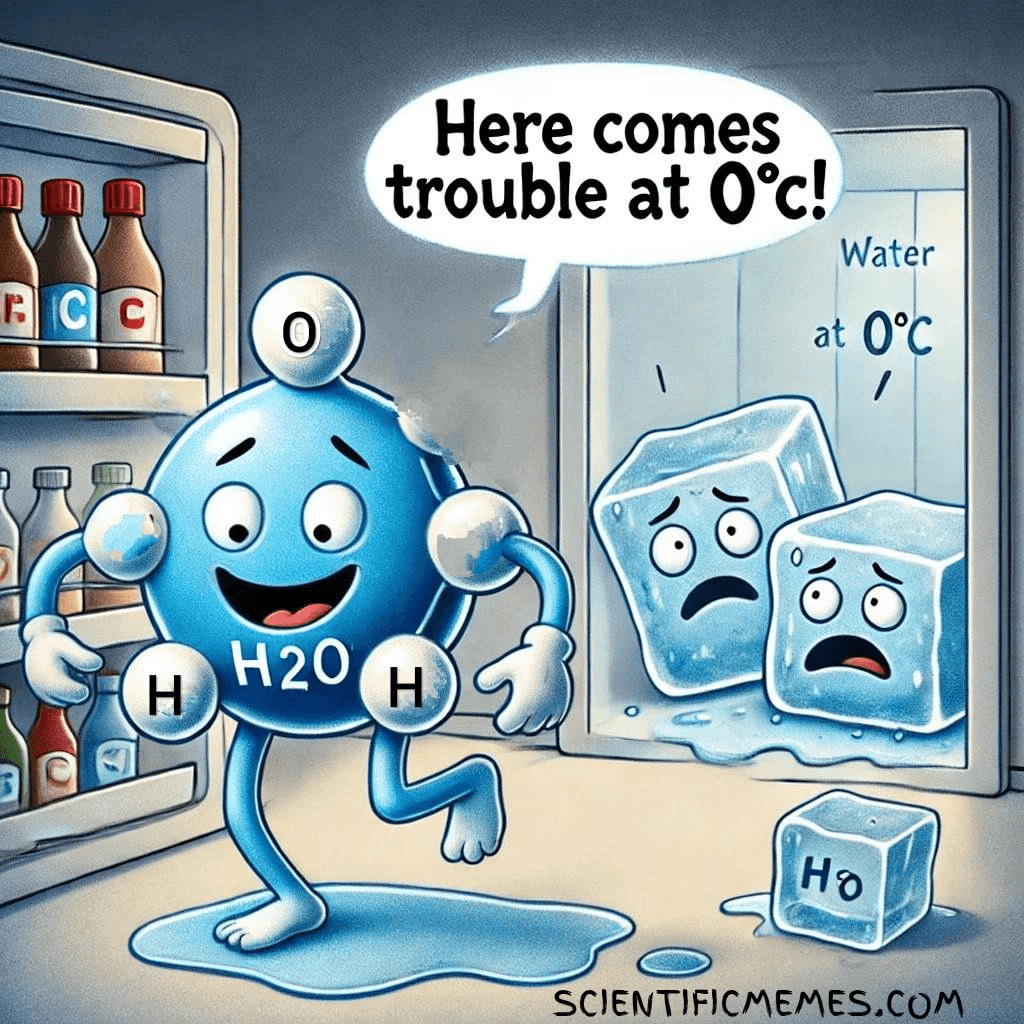Chemistry is full of clever puns, but one of the most iconic is the mole joke. This joke plays on the word “mole,” which has two meanings: a skin spot and a unit in chemistry (6.022 × 10²³ particles, also called Avogadro’s number).
This hilarious wordplay blends humor with science, making it both entertaining and educational.
In this post, we’ll explore the humor behind the mole joke, explain the chemistry of the MOLE, and dive into why this chemistry pun is so loved by science enthusiasts!

Chemistry Pun and Mole Joke: The Science of Humor
Chemistry isn’t just about equations and experiments—it’s also a treasure trove of humor! One classic chemistry pun revolves around the concept of the mole.
But before diving in, take a moment to analyze the humor in the image (if applicable). Got it? Let’s break it down further.
The Genius of the Mole Joke
The joke plays on the double meaning of the word mole:
- mole: A dark spot on the skin.
- MOLE: A fundamental unit in chemistry (6.022 × 10²³ particles, also known as Avogadro’s number).
Imagine someone claiming, “The mole on my face equals Avogadro’s number.” Strange, right? The humor lies in the absurdity of linking a skin mole to the massive number of particles represented by the chemical MOLE.
Here’s the bottom line:
- A mole (on the skin) ≠ Avogadro’s number.
- A MOLE (in chemistry) = 6.022 × 10²³ particles.
It’s this mix-up that makes the mole joke so hilariously nerdy and enjoyable for science enthusiasts.
Understanding the MOLE in Chemistry
The MOLE is a fundamental concept in chemistry. It’s a unit used to count particles like atoms, molecules, ions, or formula units. Think of it as a chemistry pun in itself, where massive numbers are made manageable!
For example:
- 1 dozen = 12 items (e.g., 12 eggs).
- 1 mole = 6.022 × 10²³ items (e.g., atoms, molecules, etc.).
Here’s how it works:
- 1 mole of Na (sodium) atoms = 22 grams = 6.022 × 10²³ Na atoms.
- 1 mole of O₂ molecules = 32 grams = 6.022 × 10²³ O₂ molecules.
- 1 mole of H₂ molecules = 2 grams = 6.022 × 10²³ H₂ molecules.
The mass of a mole depends on the atomic or molecular weight of the substance. For instance, oxygen molecules are heavier (32 grams per mole) than hydrogen molecules (2 grams per mole) because oxygen is larger and denser.
Drawing Comparisons: Chemistry and Everyday Life
To understand moles better, compare them to a concept we use every day: the dozen.
- 1 dozen eggs = 12 eggs = about 60 grams (if each egg weighs 5 grams).
- 1 dozen watermelons = 12 watermelons = about 120 kilograms (because watermelons are much heavier).
Similarly, 1 mole of particles always contains 6.022 × 10²³ particles, but the weight varies depending on the substance. A mole of oxygen is heavier than a mole of hydrogen for the same reason a dozen watermelons is heavier than a dozen eggs.
This relatable comparison helps clarify how the chemistry pun around moles makes learning science both educational and funny.
Revisiting the Mole Joke
The brilliance of the mole joke lies in its use of chemistry puns. The absurdity of linking a mole on the skin to the massive quantity defined by Avogadro’s number is what makes it funny. Imagine claiming you have 6.022 × 10²³ moles on your face—it’s an image both ridiculous and strangely scientific.
For example:
- If you say, “I have a mole on my face,” and then follow it with, “That’s equal to an Avogadro’s number of particles,” you’re essentially creating a chemistry pun that merges two unrelated definitions of “mole.” Poor Amedeo Avogadro might be rolling in his grave at such misinterpretations!
Want More Chemistry Puns and Mole Jokes?
At Scientific Memes, we love sharing the best chemistry puns and science humor.
If you enjoyed this post, be sure to follow us for more laughs, learning, and scientifically hilarious content. Don’t forget to share your thoughts on this mole joke in the comments below—and keep the laughter going!
Discover more from Scientific Memes
Subscribe to get the latest posts sent to your email.





